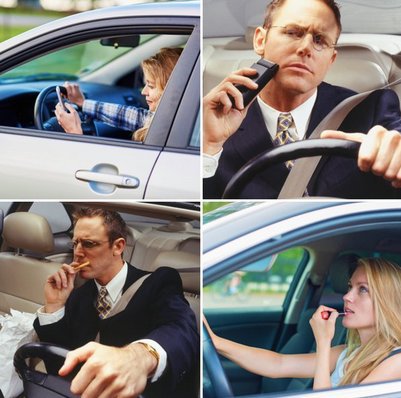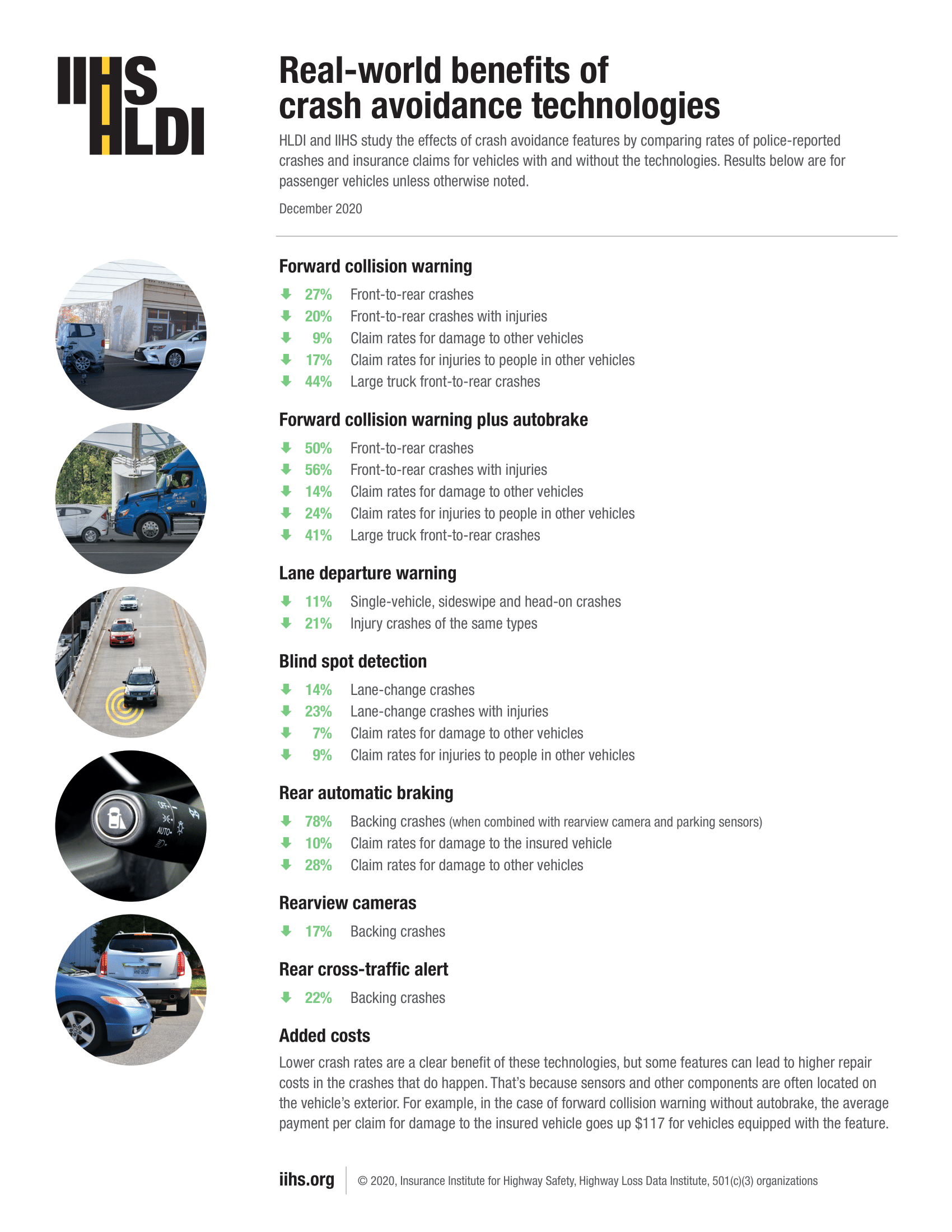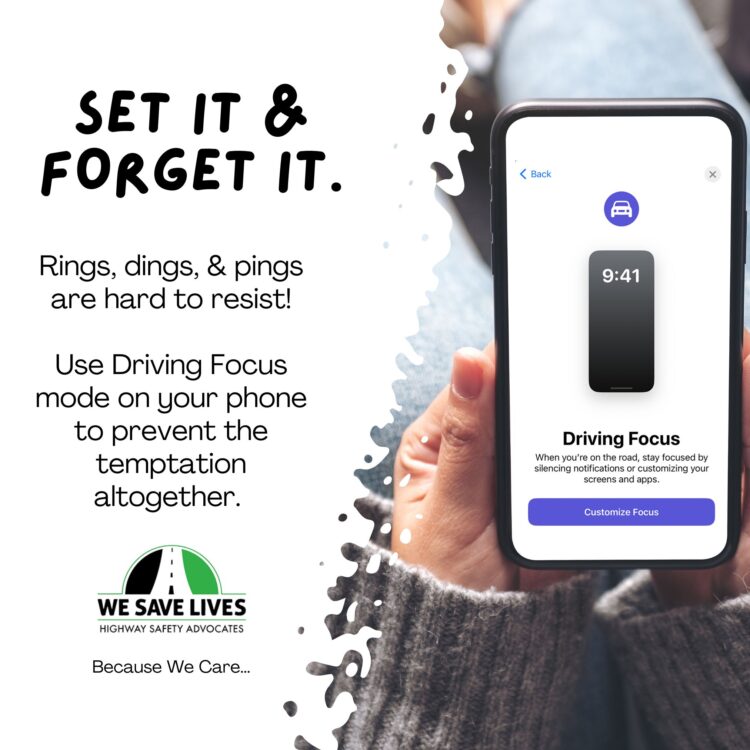- WE SAVE LIVES
- info@wesavelives.org
Where Are Our Road Safety Gains?

We Save Lives Joins Coalition Urging New York to Strengthen Drugged Driving Statute
May 25, 2022
Terminal Solstice by Jessica
September 19, 2022Distracted driving awareness month has come and gone. I hope that you took it as a time to reflect on your own driving behaviors and to make positive change to keep you and those around you safe on our roads.
I would like to bring up a topic that is not often discussed, but should be: our roads should be safer than ever but we aren’t making much progress. To understand why our roads should be safer, let’s think about aspects of road safety that impact crashes and crash outcomes such as injuries and deaths and try to consider why those improvements aren’t resulting in better outcomes.
To begin with, let’s think about the modern automobile. Today’s car is safer than any car previously put on the roadway due to numerous improvements by automakers. Cars do a better job at preventing crashes with improvements to braking and stability and making a driver aware of risks around their vehicle with innovations such as forward collision warning, blind spot detection and lane departure warnings.
And cars are increasingly able to assist the driver with automatic corrective actions such as lane keeping and autobraking. When a crash occurs, cars are better designed to protect the occupants with crumple zones, stiffer frames and airbag systems designed to prevent driver and passenger injury.
My colleagues on the civil engineering side also point out that there are many road design innovations that help prevent injury and death. They talk about reducing car-conflict points with road designs that include roundabouts and diverging diamond exchanges at high-traffic freeway locations. There are more rumble stripes and strips on our roads to help alert drivers to unplanned road departures. Cable barriers are more common on freeways to prevent cars crossing the median at high speeds. I am told pavements have undergone improvements too, with new road surfaces that make it easier for cars to maintain contact with the road surface.
And, while I am not aware of studies to this effect, I have to believe that our emergency services are speedier with the advent cell phones that can alert emergency services faster to the presence of a crash and of GPS to help first responders get to the crash faster. Our medical services are always improving, too, meaning an injury is less likely to lead to a death.
I am certain I am missing a few improvements, but even this incomplete list begs the question “Why are our roads not safer and, by some accounts, getting worse?” The uptick in deaths despite the downward trend in miles driven during the pandemic holds some clues. The key is that crashes, even if they are fewer in number, are more severe. They are more severe because they occur at speeds that make many of these improvements, meaningless. If a driver fails to attend to the roadway or is impaired due to drink or drugs, a freeway crash occurs at high speed because a driver fails to avoid the crash or responds too late to effectively mitigate it. No autobraking, crumple zone, or airbag will prevent severe injury or death in a crash like this.
The bottom line is that there is not much room left for improvements our cars, roads and emergency services can make to bring road deaths down. What is left is up to us, the human behind the wheel. Until we embrace our
part in crashes, and how failing to give driving our full, unimpaired, attention puts us, our
loved ones and the driving public at grave risk, we won’t make the progress our technological improvements should bring us.
progress our technological improvements should bring us.
Paul Atchley, Ph.D., Professor, Psychology.





